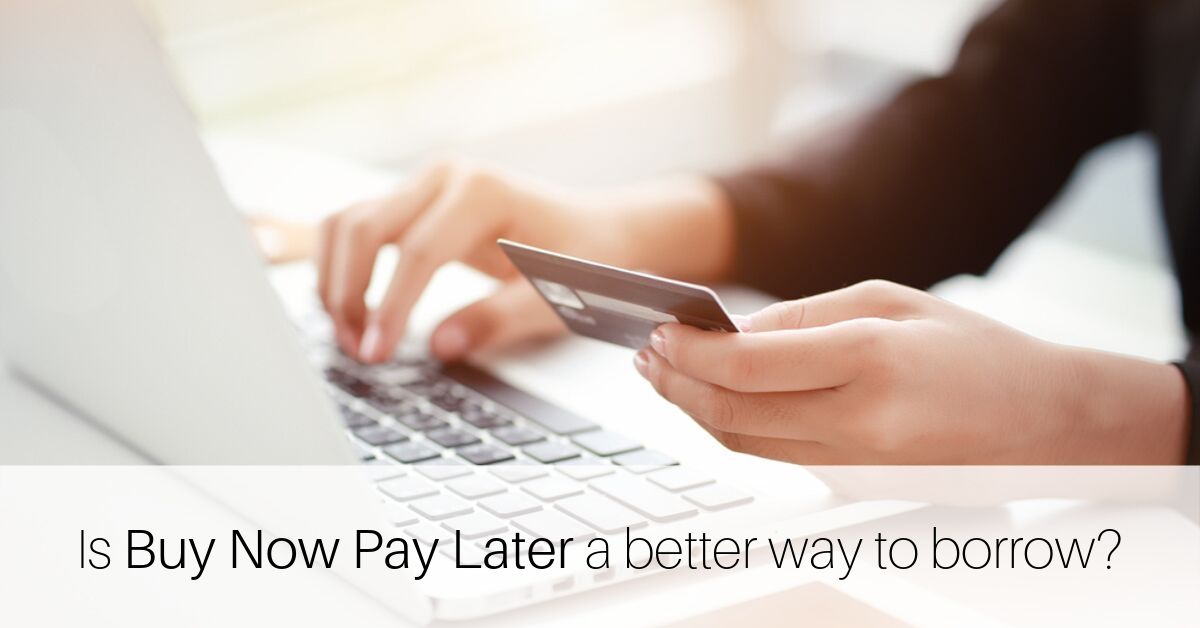In the 21st century era of digital transformation, being able to browse, choose and pay for our purchases anywhere, anytime has taken shopping to a whole new level. The way we consume and spend has changed dramatically as a result. Here in Australia, Buy Now Pay Later (BNPL) arrangements have emerged as a very popular solution for both buyers and sellers, adding a new level of convenience to borrowing money to buy consumer goods. According to a report from ASIC, the recent growth in this type of credit has been significant, with the number of transactions rising from 80,000 in 2016 to 1.9 million in 2018.
How does BNPL work?
BNPL provides a way to buy and own something now and pay it off in instalments over an agreed period of time. The buyer doesn’t pay interest on the amount or any fees for the service, providing they make all their payments on time and in full. The ‘merchant’ – the store making the sale – is the one paying a fee to the BNPL service provider for the arrangement.
At face value, it seems like a great deal for anyone who wants to indulge an impulse to buy something right now, without having to pay for it right away. But like any type of consumer lending, BNPL has some pros and cons you should be aware of if you’re planning to make a habit of using services like Afterpay and Zip Pay.
Cheaper, easier credit
According to the ASIC report, four in five consumers (81%) find BNPL convenient and easy to use, thanks to minimal requirements to apply and easy repayment options. And if you do stick to the terms of your BNPL agreement, you’re basically getting credit for free. This makes BNPL a strong competitor in the consumer lending space. It’s also much easier to borrow using BNPL because you don’t need to go through the same application process it takes to get a credit card. So for people seeking an easier, less expensive way to borrow and spend, BNPL ticks these two boxes.
No credit checks
The flip side of no credit checks is there is nothing to stop you from taking on multiple BNPL contracts, even if you’re stretching your budget by doing so. “The ease of being able to access Buy Now Pay Later programs doesn’t mean that they should be taken lightly,” says David Boyd, Co-Founder of Credit Card Compare. “Tracking expenses and cash flow is not easy when you have multiple Buy Now Pay Later accounts running. A good repayment track record might not count towards building your credit score but the bad or late repayments get reported to credit agencies which can affect your credit score and financial opportunities later in life.”
Hidden costs
Storing up problems for borrowing money down the track isn’t the only issue with falling behind on your BNPL payments. If you don’t have the discipline to manage your budget to keep up with repayments, the penalty fees and interest can soon add up. The same ASIC report found that one in six consumers had experienced a negative impact as a result of using a BNPL payment method. Some had to delay payment of other bills to budget for repayments, others ended up borrowing money or becoming overdrawn. This shows how conscious you need to be of your household budget and what you can actually afford to repay if you’re considering BNPL to make a purchase.
Access to more than you can afford
With the growing popularity of BNPL, particularly for online shopping, it’s becoming common for stores to advertise product prices in instalments. This can make a purchase seem more affordable, and potentially encourage people to buy more expensive items than they would if paying the full amount. This is backed up by the ASIC report findings, with 81% of users thinking that BNPL has allowed them to buy more expensive items and 64% spending more than they normally would thanks to BNPL services.
Staying on top of spending
All in all, BNPL is a faster, more convenient way to borrow money for a limited period. To fill short-term gaps in your cash flow or take advantage of sales or other limited time offers, it can be a really easy, useful solution. But like any type of debt or loan, you should think about your ability to afford repayments based on your current income and financial commitments. If you find yourself stuck in a pattern of spending more than you can afford and struggling with repayments, a Financial Planner can help you examine your day-to-day habits and make changes based on your most important goals and values.
Source: FPA Money and Life, 2019


